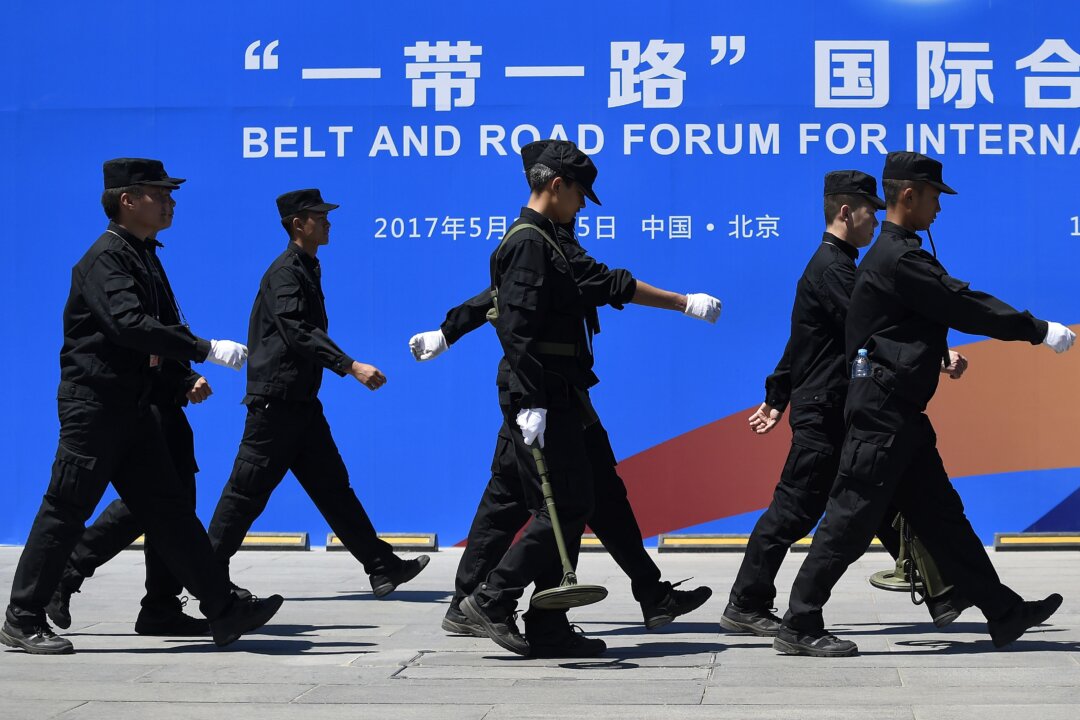Chinese companies installed a record 24 gigawatts of capacity in Belt and Road countries in 2024.
Renewable energy projects accounted for the majority of Chinese companies’ energy projects in Belt and Road countries in 2024, research showed.
According to Wood MacKenzie, a provider of data and analytics for renewables and energy, Chinese companies installed a record 24 gigawatts of capacity in Belt and Road countries last year, and 52 percent of these employed renewable energy.
Of these renewable energy projects, 8 GW are solar power and 5 GW are hydroelectric power.
“Chinese companies are heavily prioritising greener technologies overseas and these make up over two thirds of the project pipeline,” said Alex Whitworth, vice president and head of Asia Pacific power and renewables research at Wood Mackenzie.
However, Wood MacKenzie also noted that the remaining 48 per cent of the projects were thermal power, which included 6 GW of legacy coal plants and 6 GW of gas and oil plants.
About 19 GW of coal power projects are still in the pipeline but may be cancelled amid a global transition away from coal, coupled with China’s “No new overseas coal power” policy announced in 2021.
In addition, 9 GW of gas projects are currently under construction or in the planning stages.
Since China’s launch of the Belt and Road Initiative (BRI), Chinese companies have built 156 GW of power projects in participating countries, about 1.5 times Australia’s total installed capacity as of 2024.
Asia accounted for 70 percent of the installed capacity, followed by Africa at 15 percent.
Wood MacKenzie anticipates Pakistan, Indonesia, Vietnam, Saudi Arabia, and Malaysia to witness significant growth over the next decade, with a forecasted 120 GW requiring an investment of US$73 billion.
Saudi Arabia is expected to have the largest demand, with plans to build 41 GW of solar power and 13 GW of wind power.
Earlier this year, civil society leaders from Pakistan, Bangladesh, Indonesia, Philippines, and India called on China to lead Asia’s just transition from fossil fuels to renewable energy.
“China is in a very vital and unique position to lead in Asia’s rapid and just transition from fossil fuels to 100 percent renewable energy systems,” said Lidy Nacpil, coordinator of the regional alliance Asian Peoples’ Movement on Debt and Development.
“It has vast financial resources that can be mobilised for investments for the just transition to renewables. At the same time it still has much to do by way of phasing out coal power in its domestic energy production.”

